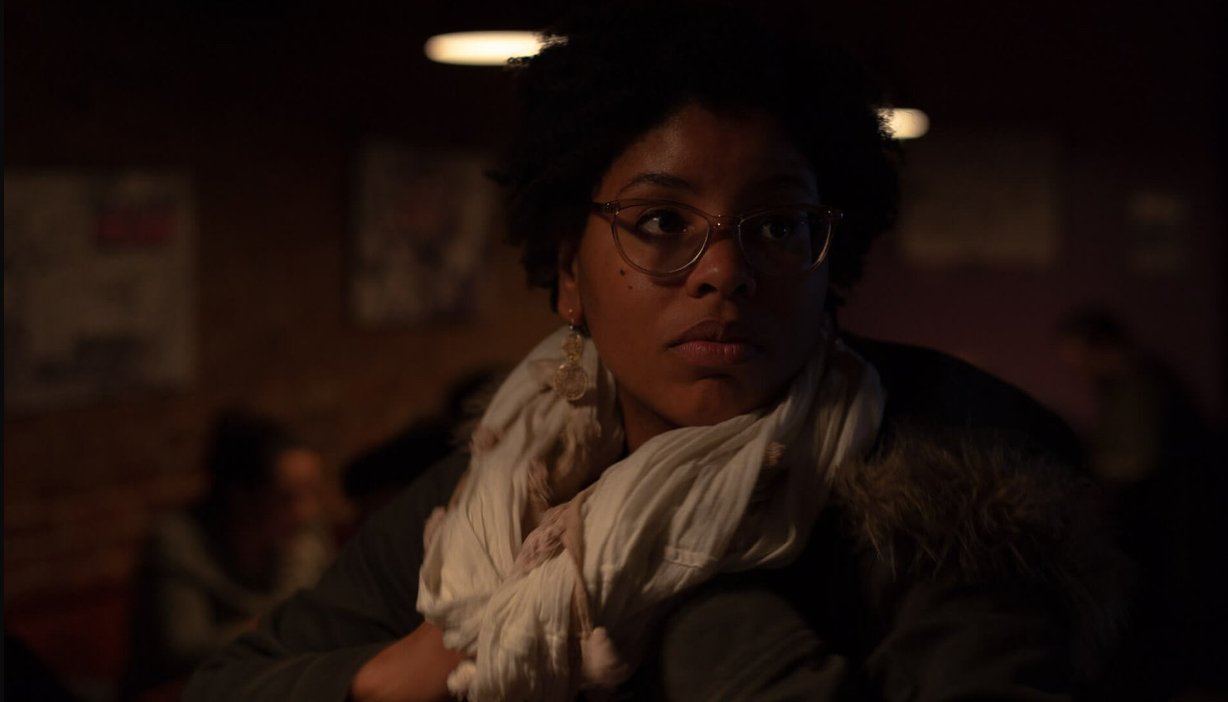
Scenes from Providence, Rhode Island
A collection packed with images showing my affinity for chiaroscuro and soft cinematic lighting.
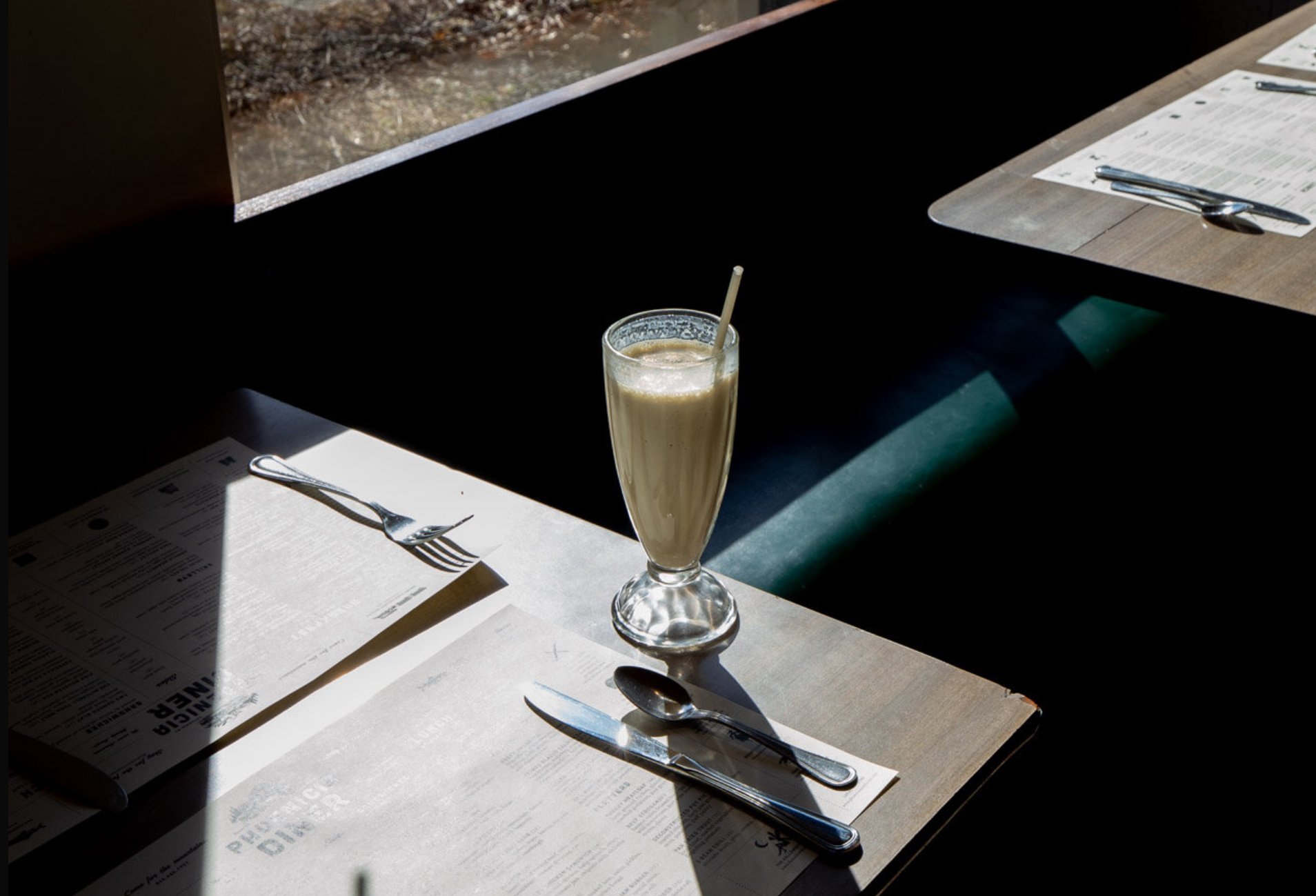

Wrecking Ball Coffee Roasters
This coffee shop just popped into my head out of nowhere almost 4 years later. Maybe it’s a sign. Maybe I’m just tired.
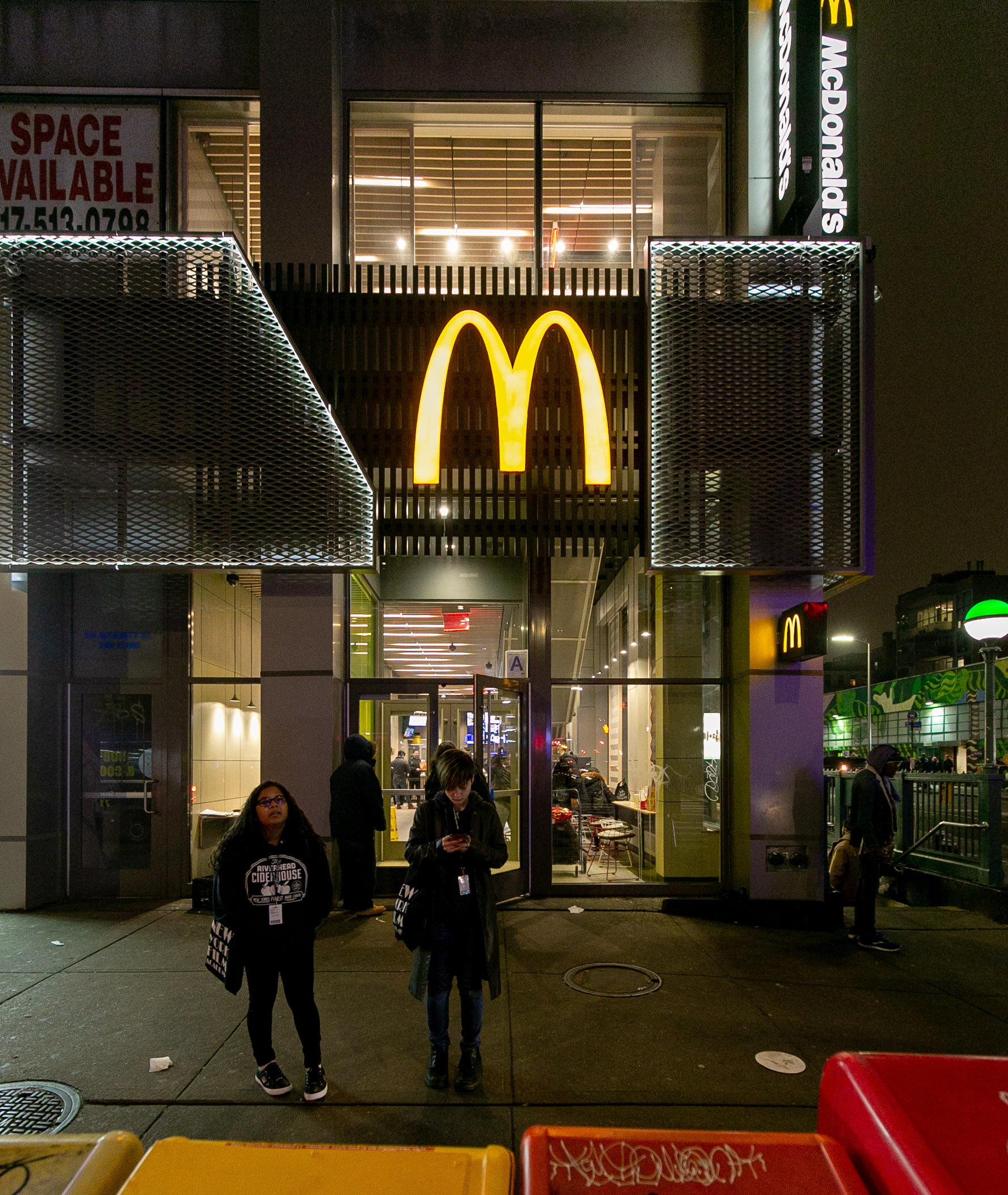

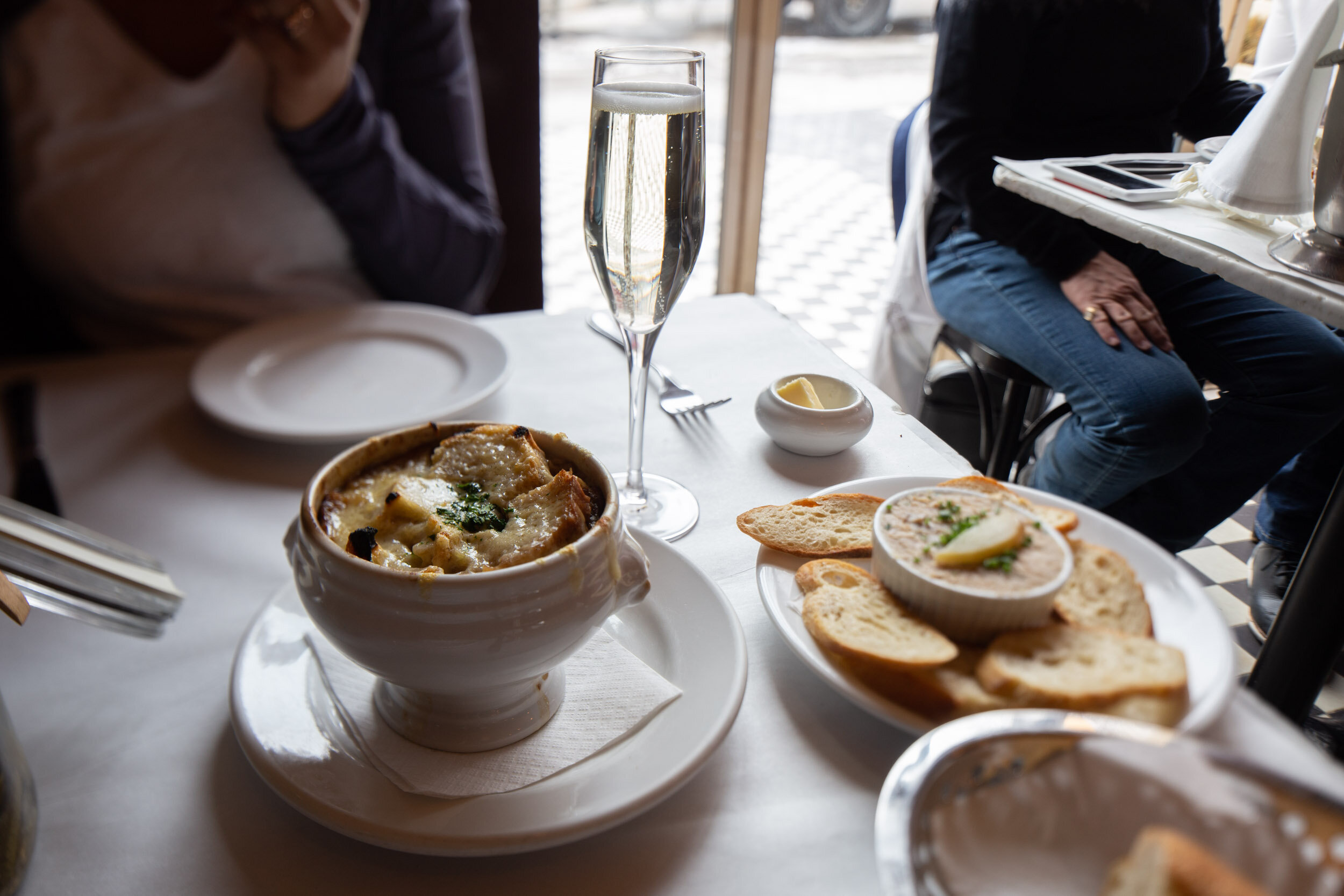


Chez Edgar - Gatinaeu, Québec, Canada
Mind blowing brunch amid cold, cold, slippery, icy, cold Canada last February. Can’t wait to go back.

Welcome Home, Oct. 23, 2019
Hopping back on the vlog train, started with a little video when I first got home from my west coast travels.

Photo Archive Critique - Angel's Share - April 22, 2015.
To see where you’re going, it’s often best to look at where you’ve been. Take a look back into the archive with me and we’ll go over some pictures from my past and I’ll give you pointers on how they could be improved - Lean from my mistakes, and you won’t have to make them yourself.
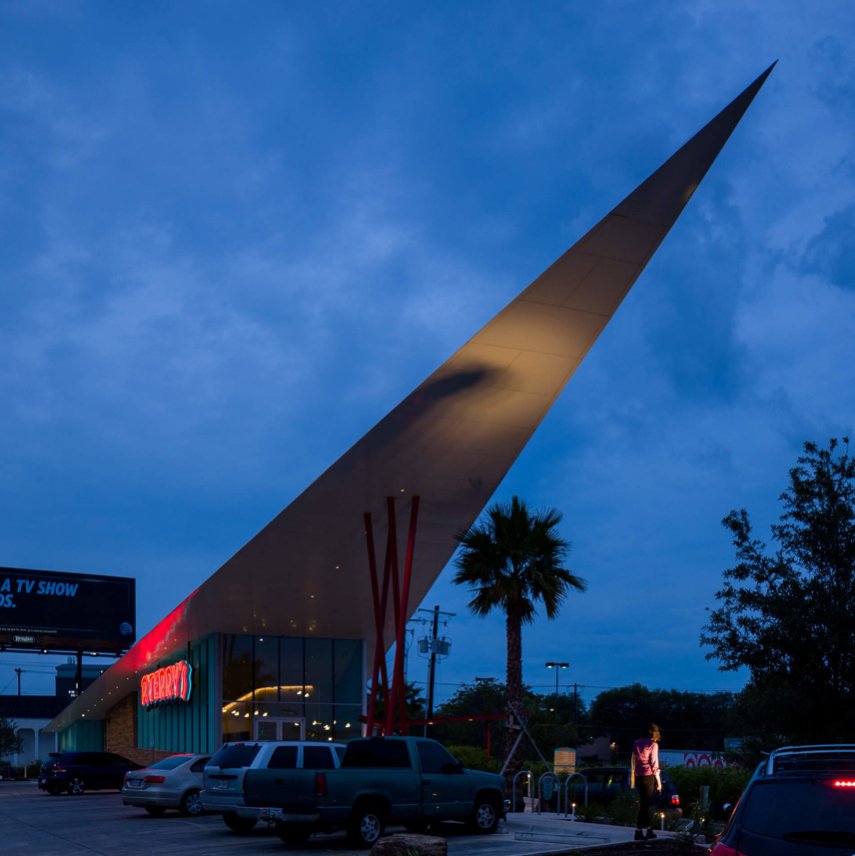
Evening in Austin's Bouldin Neighborhood
When I was imagining what I would photograph in Austin, one of the things that felt iconic to me was neon signs. So I went out almost every day at twilight to hunt for some to photograph. Here’s a small selection from South 1st Street in the Bouldin neighborhood of south Austin.


National Hammock Day, 2017
I organized a camping trip for National Hammock Day back in 2017.



Leaf House, Austin TX
Found this really cool house in Austin with organic shapes and leaf motifs on the walls.

Polvos Mexican Restaurant - Austin, TX
Mexican food, first day in Austin, and embracing the weather when taking photos.

A night out in Greenwich Village
A night out in the east village is always a good time for photos.
